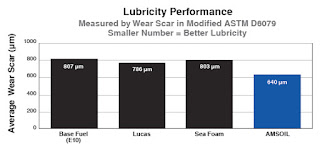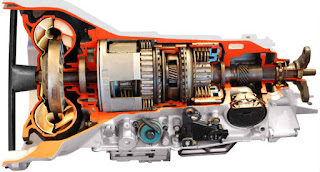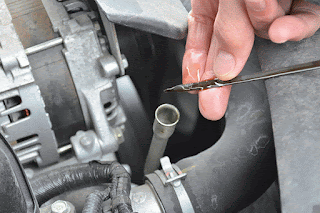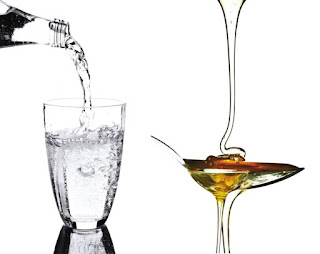The Difference Between Summer and Winter Gas & the Need for Fuel Additives.
Summer has its benefits: Fishing season. Dirt-track racing. Wrenching in the garage with the door open and the tunes blaring.
Another benefit is a slight fuel-economy boost. That’s because refiners alter their gasoline and diesel formulations depending on the season, and summer gasoline contains about 1.7 percent more energy than winter-blend gas. Regardless of the time of year, it pays to know a little about what’s going in your tank to ensure you’re properly maintaining your fuel system.
Under Pressure
A primary difference between summer and winter fuels is their Reid Vapor Pressure (RVP). RVP is a measure of how easily the fuel evaporates at increased temperatures. The higher the fuel’s RVP, the more easily it evaporates.
Winter-blend fuel requires increased RVP. If the fuel doesn’t evaporate readily in cold temperatures, the engine will start hard and run rough at cold temperatures.
To achieve this, refiners often blend winter gasoline with butane, a relatively inexpensive additive with a high RVP. They adjust the RVP of the final formulation to as high as 15.0 psi to help the gasoline ignite readily in the cold.
The Law Restricts Sales
Once the temperature warms up in summer, however, high-RVP gasoline can volatilize more easily, which contributes to increased emissions and air pollution. For that reason, federal law restricts sale of gasoline with an RVP greater than 9.0 from June 1 through Sept. 15. To comply, refiners reduce the amount of butane in the gasoline and instead use pricier additives, hence one reason gas prices generally increase in summer. The blending process also takes longer, adding to the cost.
Some areas set even lower RVP standards in summer to further limit emissions. California, for example, has a 7.0-psi limit. Given the state’s climate, refiners may sell summer-blend gas as early as April 1 and as late as Oct. 31.
For the most part, the semi-annual switch from winter to summer gas and vice versa happens seamlessly and goes unnoticed by drivers.
Lowest Additive Concentration
Regardless of the season, gasoline contains detergent additives designed to keep fuel injectors and other fuel-system components clean.
Some automakers, however, think the additive content, called the lowest additive concentration (LAC), is insufficient for modern vehicles. It takes a low level of additive to pass the tests, and most gasoline on the market contains as little as 123 ppm of additive.
The low levels of detergent additives in modern gasoline allow deposits to build up on critical fuel-system components, and most motorists are unaware of how dirty the insides of their engines are. This provides a great opportunity to sell the benefits of AMSOIL fuel additives.
• Cleans fuel injectors, intake valves and combustion chamber deposits
• Reduces emissions and increases fuel economy up to 5.7 percent
• Use every 4,000 miles (6,437 km)
• Lubricates upper cylinders to fight wear
• Inhibits ethanol-related corrosion
• Keeps injectors clean
• Delivers 18 percent more lubricity than Lucas* and 20 percent more than Sea Foam* for better retention of horsepower and fuel economy.









































